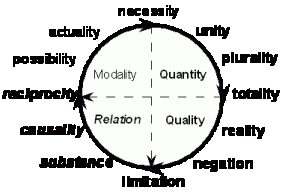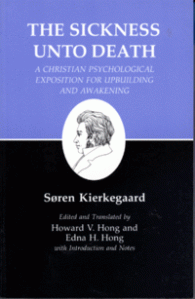A fairly hectic week with a few reporters missing or being out ill left the bulletin looking very weak come Wednesday morning. Thankfully due to some cool heads and some great archive stories from Steve, we managed to pull together enough footage to create a package on SADS (Sudden Adult Death Syndrome) which I was happy to be a part of and help voiceover and was proud of the quick turn around/end product.
Here are some of my brief notes from the Wednesday debrief with Ian Anderson and Claudia Murgh(sp?):
Lively beginning/Good headlines
Hate Crime: In Studio: Keep the questions simple, think of the questions that are going to be the most beneficial for the people watching/interested in the subject. Give them something tangible. Make sure to be polite/use the right nomenclatures for people/guests of the show. “Professor”.
Harvester: Very strong public interest story.
Fire Strike: a lot of the good information/facts were not included. In interviews ask yourself “what would I like to know?”, prepare for the interview and know the facts prior to the interview, put yourself into the eyes of the viewer and make sure that we are clear. Must have better information and fresh information. You must do the leg work.
Water Meters: Needed more facts and could have covered both sides of the story, and details on rival companies. Highlight the different areas of the package between fact and emotion.
SADS: More facts in the story, make the story more relevant/useful.
IAN: Better interviews from the packages. Good quotes in stories and original content. Make sure you have a strong variety of stories and in studio chats. Improvement made on production. Sequences need a bit of a touch up. Make sure to do basic sequences. Variety of pictures needs to be improved. Strong Presenting. Walking football was very well covered.



